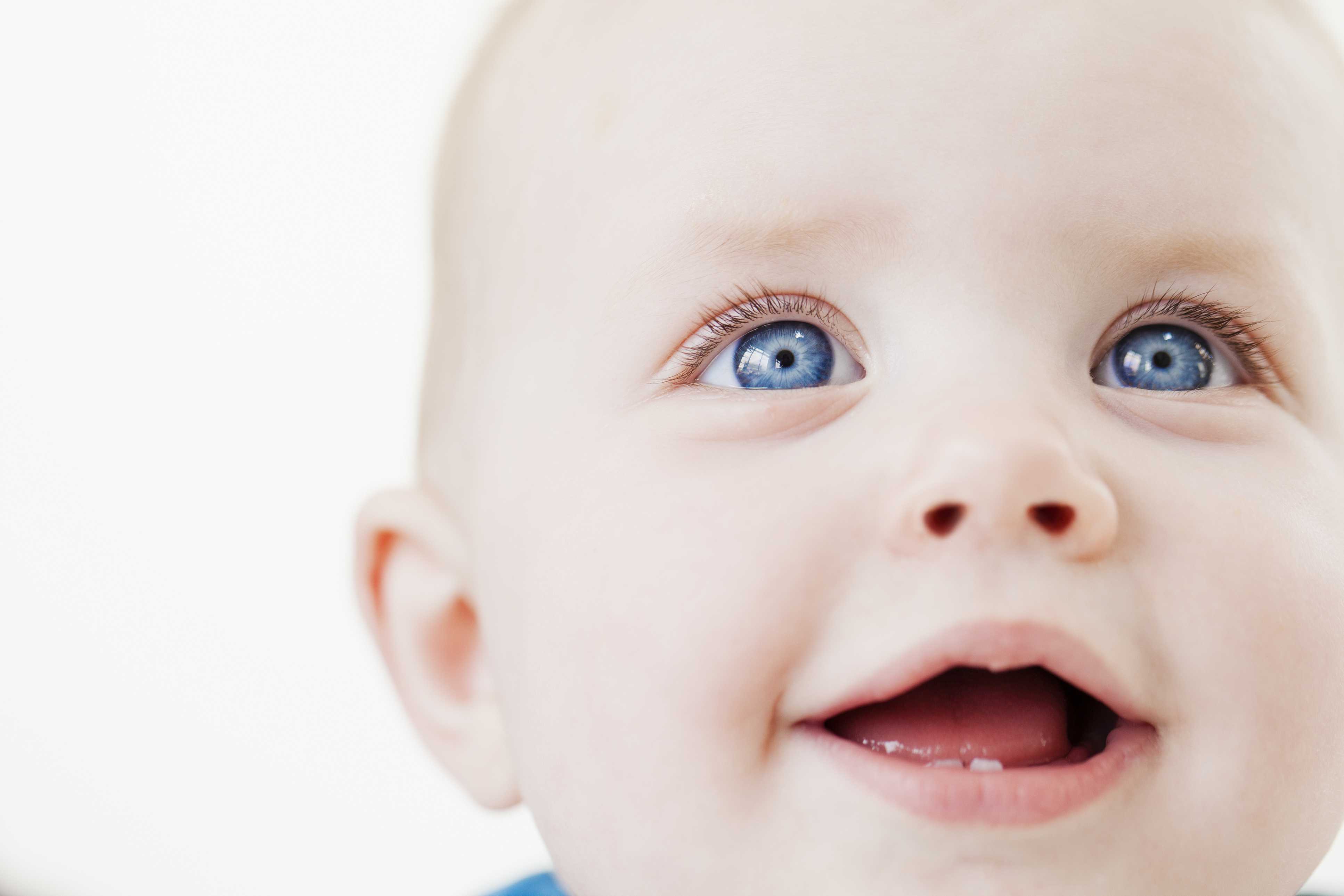A Detailed Overview of Vision Development Among the Infants
Having a child for the first time is an indescribable feeling and the very thought of the new-born son or daughter making an eye contact takes the joy to extreme. But, if the infant didn’t make direct eye contact, it’s nothing to be concerned as visual system of a new-born takes time to develop.
In the first week, babies can’t see or comprehend much detail as their world view is indistinct and in different shades of grey. Full vision development of a child takes several months and for a parent, it’s important to know about the milestones of the process to understand if the eyesight is being developed in the right way.
Vision development at the time of birth
Immediately after birth, the doctor would briefly examine the child’s eyes to exclude any indications of congenital cataracts or some serious eye problems such as retinopathy of prematurity. Although such vision problems are rare, diagnosis and treatment must be at its earliest to minimise the drop rate of healthy vision development.
An antibiotic ointment is mostly applied to the eyes of a new-born which prevents against different eye infections from the bacterial presence in the birth canal. At the time of birth, the baby can only see in black, white and grey as the nerve cells in the brain and retina are undeveloped. Besides, eyes of infant are unable to focus on near objects so don’t be concerned if the baby don’t gaze on certain things; it takes time.
Apart from these vision limitations, medical research has revealed that within a few days post-birth, infants prefer gazing on the face of their mother to that of anyone or anything. Researchers believed that the preference depends mostly on high-contrast stimuli for instance, edge of the mother’s hairline to the face.
Infant’s eyes in the first month
In the first month, the baby’s eyes aren’t too sensitive to light and a study has revealed that infants require 50-times the intensity of normal light to raise awareness as compared to an adult. This is the reason nurseries in the hospital keep most of the lights ON throughout the night since it doesn’t hamper their ability to sleep
The ability to see the world in colours develops rather quickly among the infants as one week post-birth, the child can see things in green, yellow, red and orange whereas a little more longer for blue and violet. This is because blue and violet have shorter wavelengths and lack of colour receptors in the retina hampers the ability to comprehend these shades.
Even if your baby’s eyes don’t move together as that of an adult’s, no need to worry as this is quite normal however, if misalignment persists longer, better consult the eye care practitioner immediately. To boost up the infant’s vision and make for healthy development, decorate their room with bright and cheerful shades including artwork, contrast furnishings, appealing shapes and so on.
It’s always better to routinely consult an eye doctor thus ensuring on healthy vision development of the child as well as prevention against dangerous anomalies like retinopathy of prematurity.










